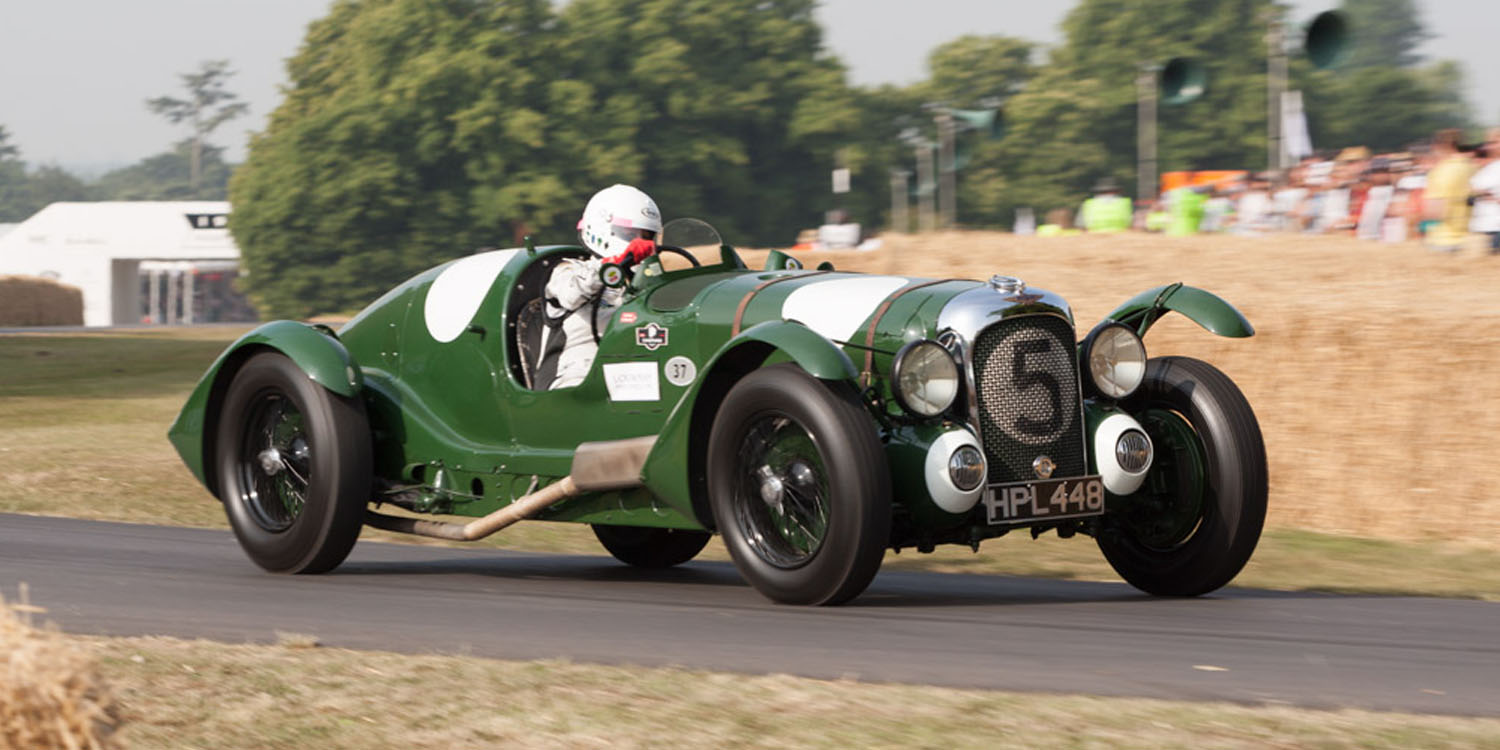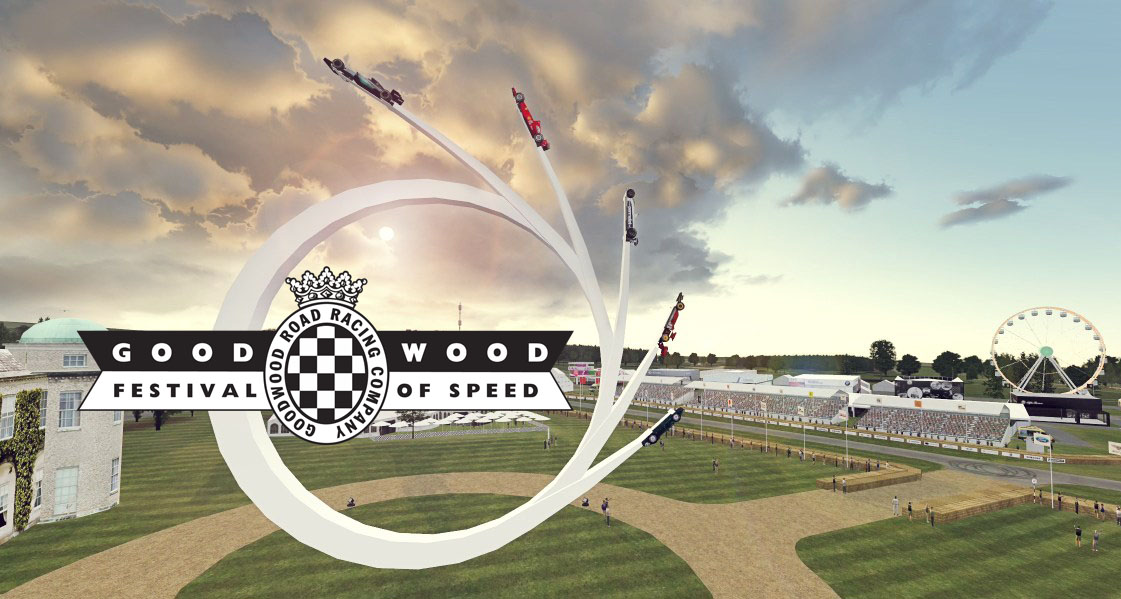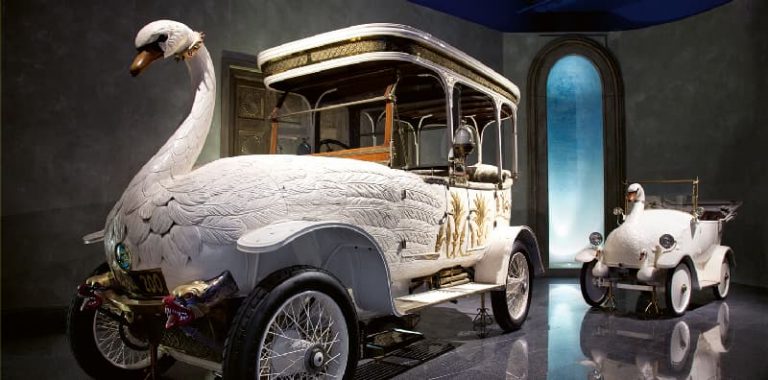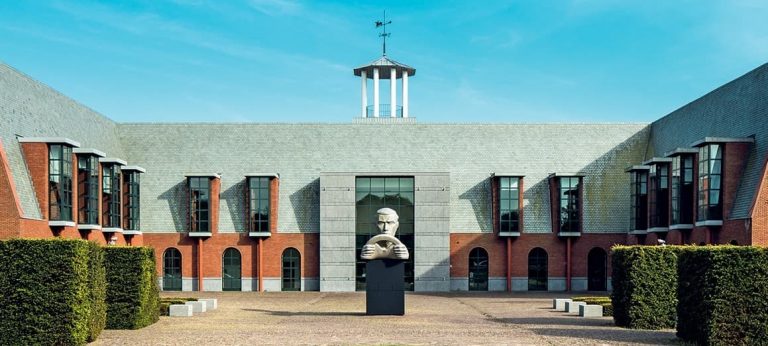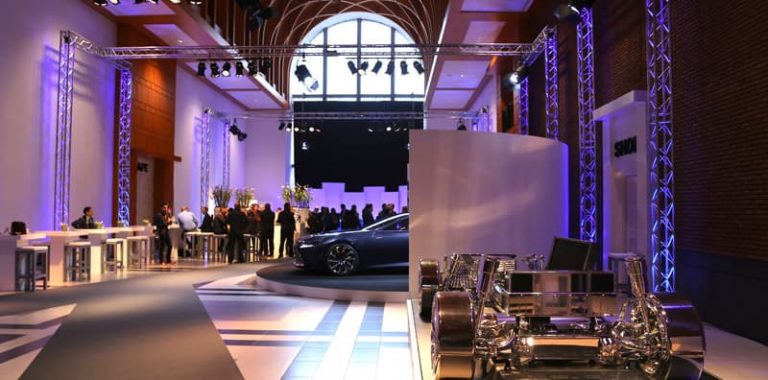Step into the history of the Goodwood Festival of Speed
In West-Sussex lies the famous Goodwood House: an estate with its own motor racing circuit, airfield, horseracing and the Rolls Royce factory. The circuit was closed in 1966 when it could no longer meet the new safety requirements. In 1972 Bruce McLaren, founder of McLaren Cars, had a fatal accident at the circuit during testing. In 1993 Goodwood owner, Lord March, decided to bring back British motor racing history to Goodwood. Not the circuit, but a hill climb past Goodwood House. The event was named the Festival of Speed: “the world’s greatest celebration of motorsport and car culture”. It turned out to be resounding success, and each year the event is sold out despite there being 150,000 tickets available.
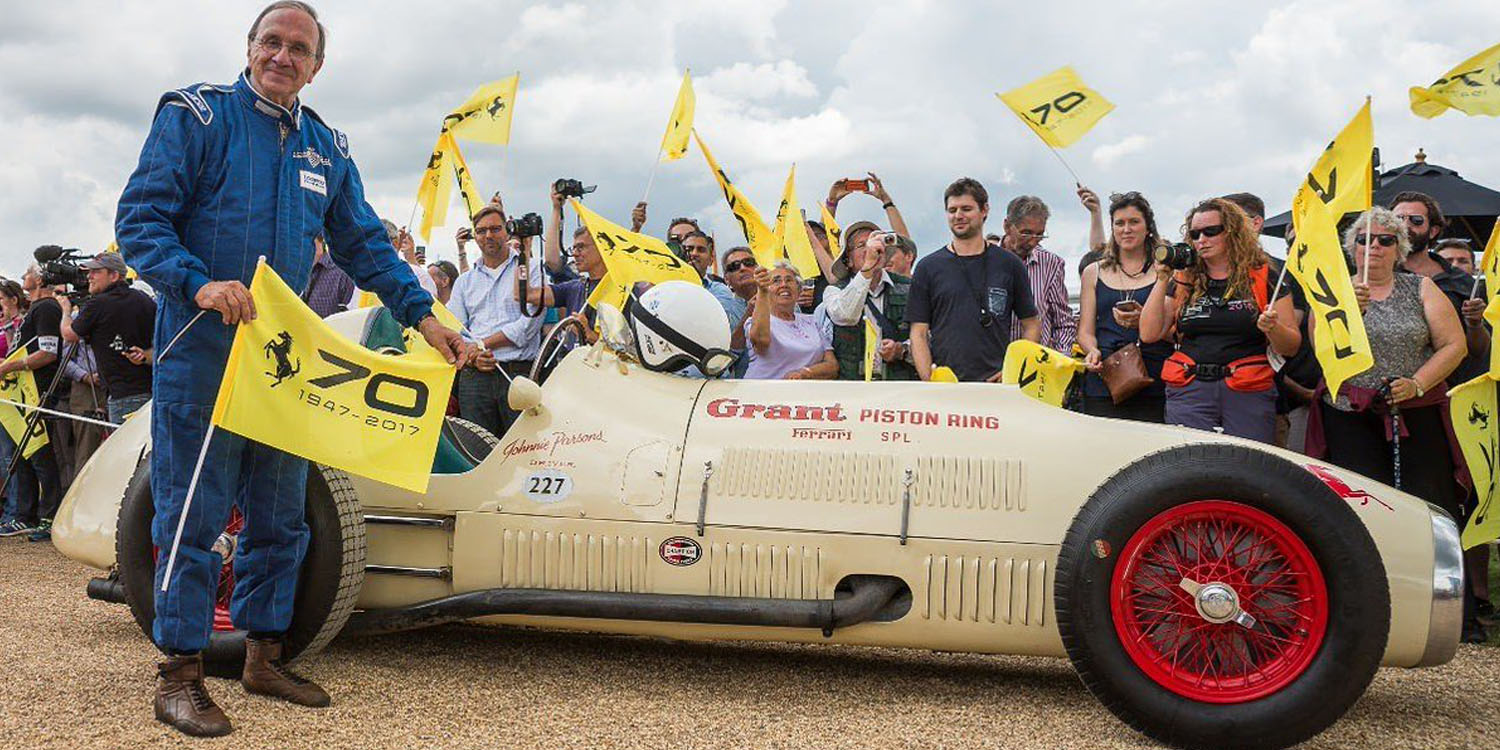
The Louwman Museum & Goodwood
Unique vehicles in action during the Festival of Speed
The world’s most impressive and special historic racing cars can been seen, heard and smelt during the Festival of Speed. From the very begining the Louwman Museum has been a regular competitor. Practically every year cars from the museum are prepared for 1.16 mile sprint up the hill between the haybales and past Goodwood House.
But there is more to see at Goodwood, such as the futurelab that offers a glimpse of what’s to come in the future of automotive and technology. and a Motor Show, where visitors get to see new cars on display. There are air shows by the Red Arrows, exhibitions of car-related art, a Concours d’Elegance and a supercar paddock. At the top of the hill the world’s most iconic rally cars can be seen tearing through the forest stage. In short: an unmissable event!
Jaguar D-Type XKD 606
In 1957 Jaguar drove to victory with this D-Type XKD 606 at Le Mans, which gave Jaguar a hattrick, with three consecutive Le Mans wins. The car covered a record 4,397 kilometres at an average speed of 183 km/h, a record which remained unbroken for four years.
Lees meer
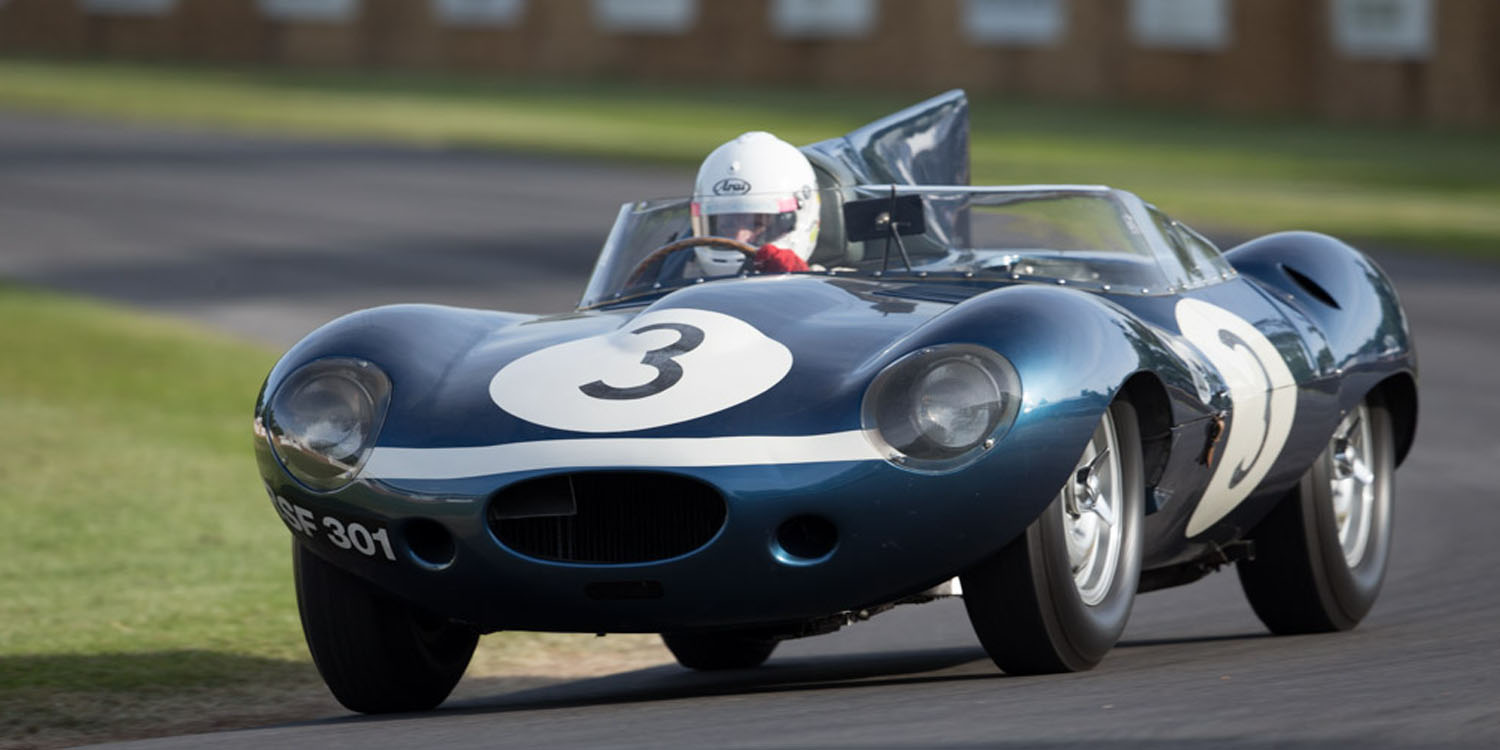
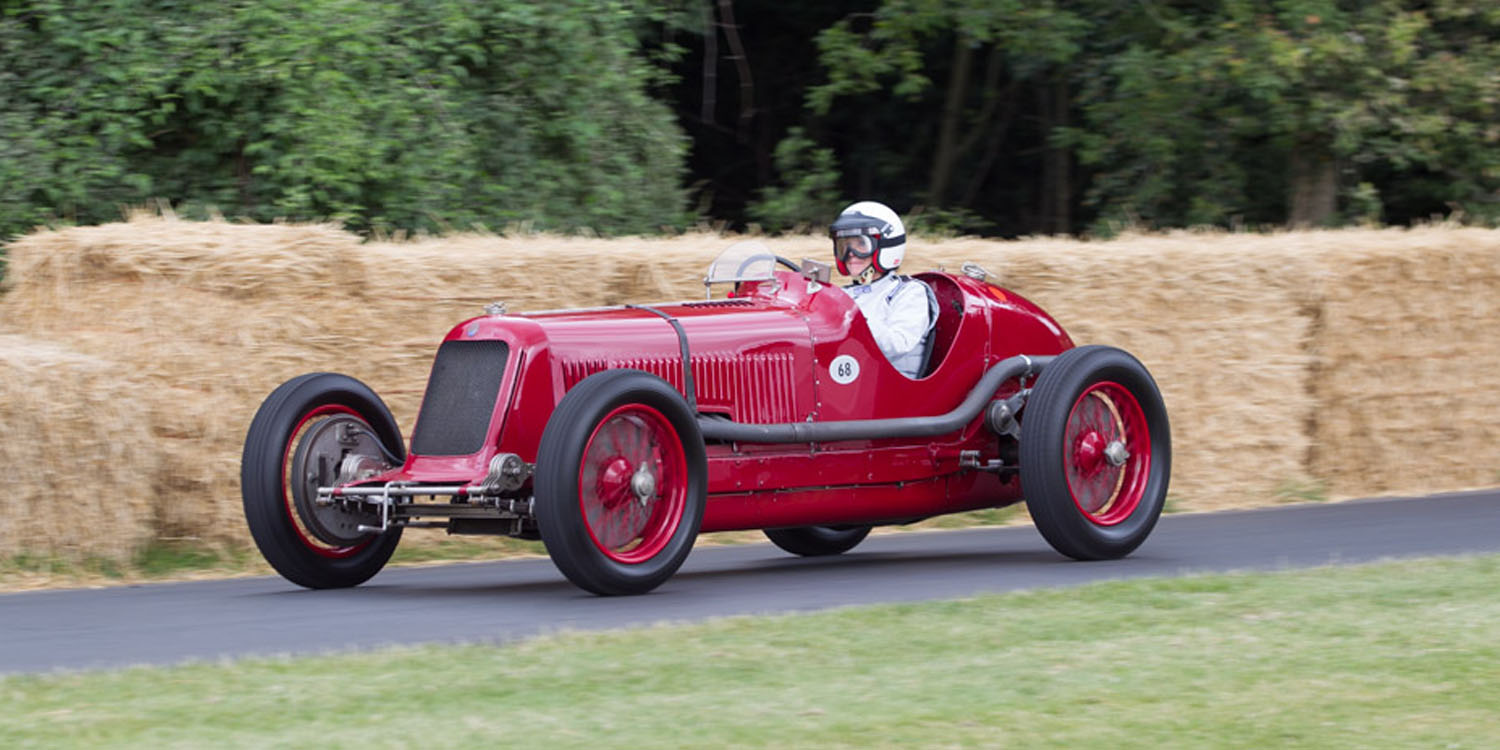
Maserati 8CM Monoposto Grand Prix Car
Three famous racing drivers of all time have driven this first monoposto (single-seater) by Maserati: Tazio Nuvolari, Piero Taruffi and Raymond Sommer. In 1933 Sommer bought two of these cars and raced one of them in Monaco, where he discovered that the chassis was too weak for the powerful engine. He sold both cars back to the factory, after which Tazio Nuvolari bought them.
Lees meer
Toyota Camry Nascar
In 2013 Martin Lee Truex Jr. drove this Toyota Camry stock car, fitted with an 850 hp 5.9 litre 8- cylinder engine in the NASCAR Sprint Cup for the Michael Waltrip Racing Team. The best result was the race at Sonoma Raceway in California, where Truex, after starting in 14th position, came first with an eight-second lead over no. 2.
Lees meer
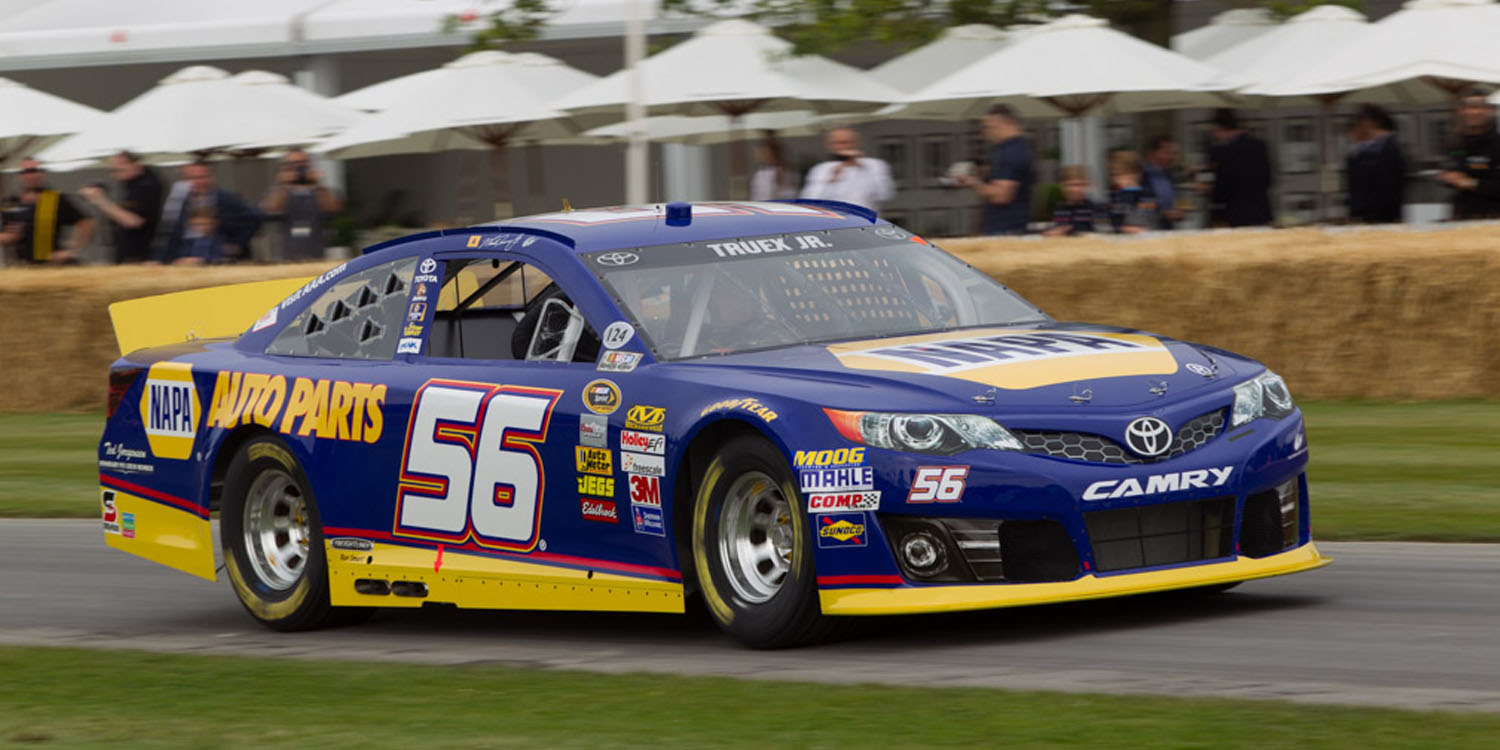
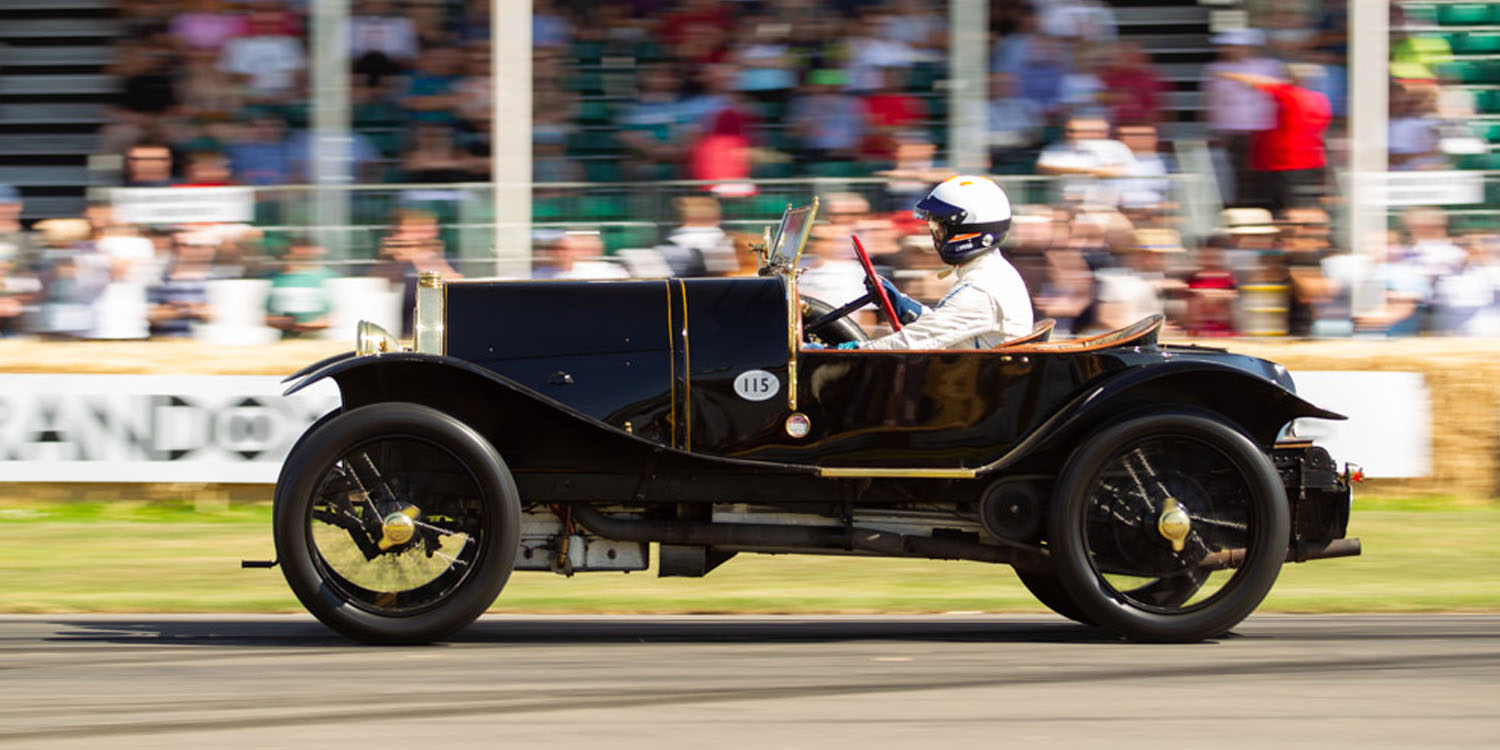
Bugatti Type 18 Sports Two-Seater ‘Black Bess’
This Bugatti is the fourth in a series of circa seven Type 18s. With its powerful 5.0-litre, 100 hp engine it could reach a top speed of 150 km/h. The coachwork is by Henri Labourdette, whose Panhard & Levassor ‘Skiff’ is also on display in the museum. The bucket seats, which still have the original 1913 leather upholstery, were placed at an angle behind each other, so that the driver and the passenger would not get in each other’s way.
Lees meer
Lancia D23 Spyder Pininfarina
This Lancia D23 came second in its debut race at the Gran Premio di Monza for sports cars with Felice Bonetto at the wheel. The blue colour is exceptional for an Italian racing car. It was the colour applied for this car’s 1953 debut at Monza. It is the only remaining original Lancia D23.
Lees meer
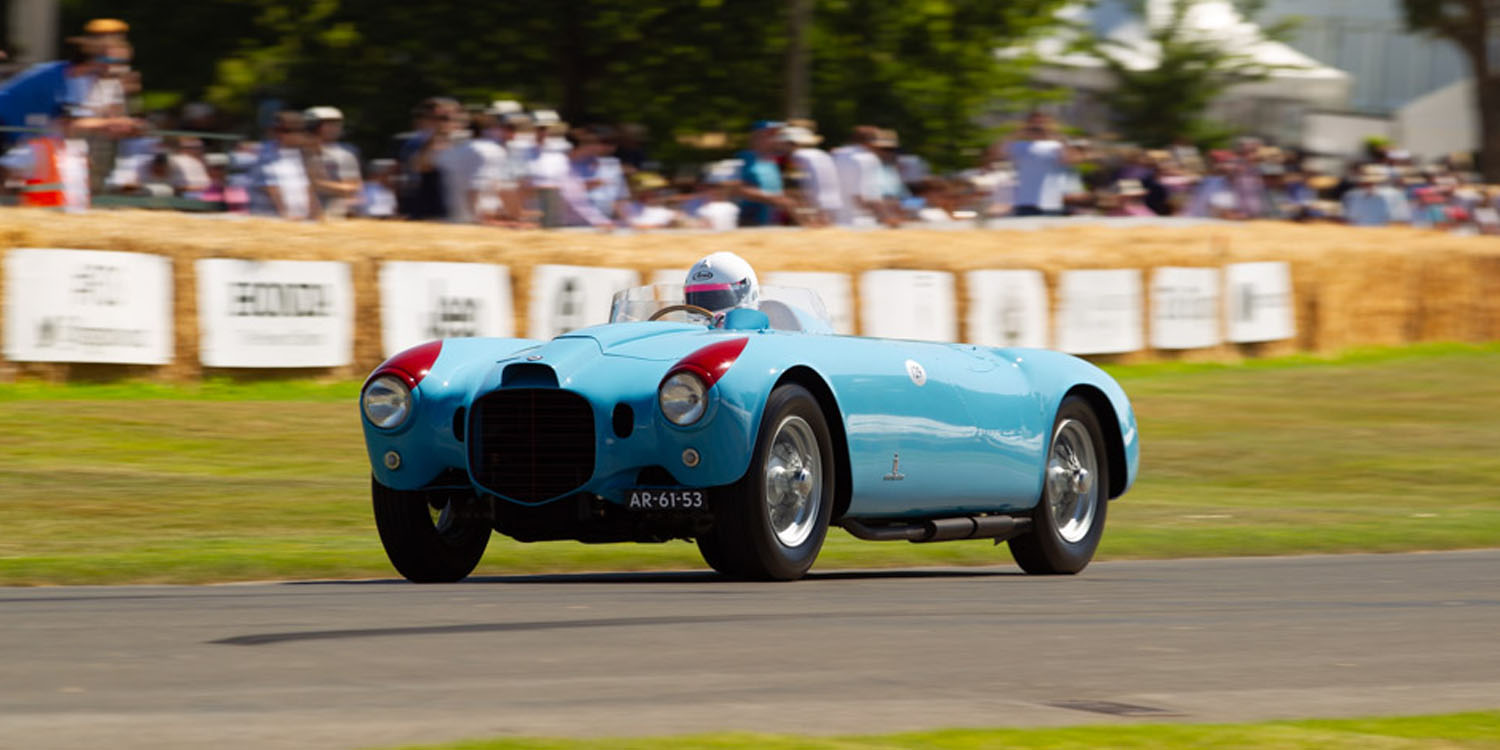
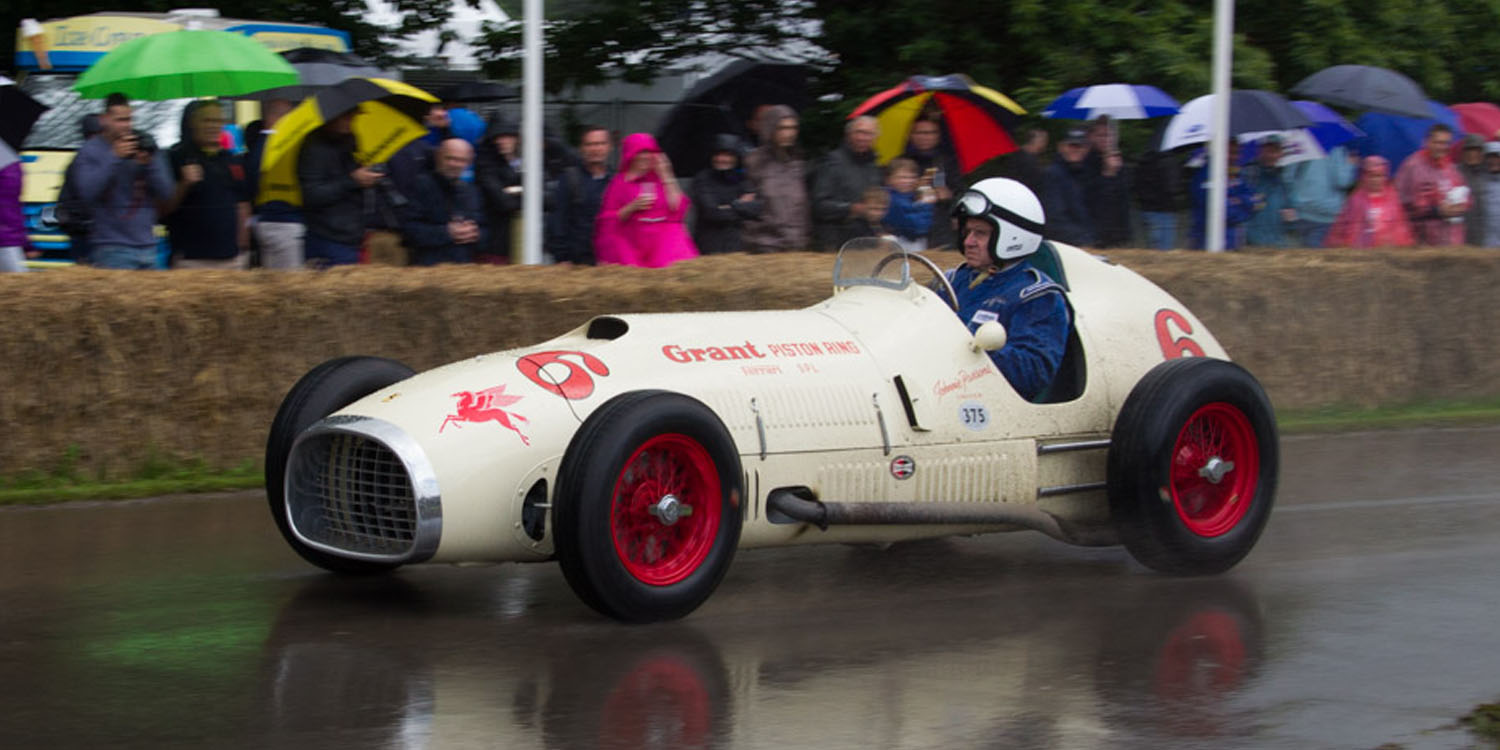
Ferrari 375 Indianapolis
In 1950, the international motor sport federation (FIA) decided to include the Indy 500 in the Formula I World Championship. Two years later Ferrari modified four of its 4.5-litre Grand Prix racers. The American Ferrari importer Luigi Chinetti sold three of them to clients and the factory entered the fourth, with their top racing driver Alberto Ascari behind the wheel.
Lees meer
Lagonda V12 Le Mans Works Team Car
This Lagonda V12 is the 1939 Le Mans class winner. Bentley altered the V12, increasing power output from 180 hp to 206. He reduced the weight by using lighter steel and by drilling holes in the frame, covering them with aluminium discs. The car was given the race-number 5, hence its nickname ‘Old Number 5’.
Lees meer
